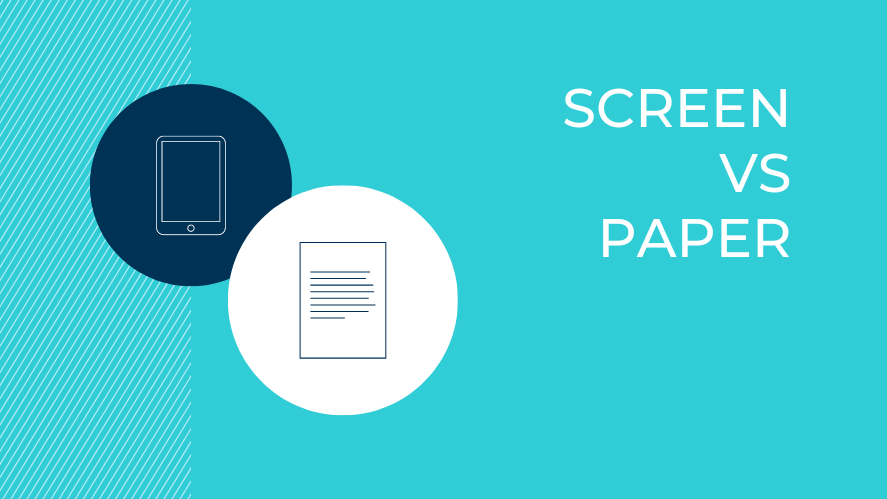
Some obvious and indisputable book facts: books look great; smell good; are weighty and substantial; and make you feel clever when you’ve read one from cover to cover. Gloriously, they do not require a subscription.
Screens are tempting, shiny, do things quickly and fight for our attention.That’s why we adore them.
But are screens the best way to read text and retain information? A meta-analysis of reading media and their effects on comprehension indicates that paper-based texts are better for comprehension outcomes than screens. This is something that teachers have been grappling with for a while; negotiating the balance between the obvious benefits of technology and the sometimes intangible drawbacks it can raise.
Reading on screens affects our attention span. Not only do we need to mentally map and understand the text, but we must also continuously reorient our location when our mind wanders, scroll ‘down’ to the next section and avoid peripheral distraction (tabs, windows, pop-ups, another screen). This ‘attention tax’ then, naturally, affects the ability to understand and decode a text. It erodes our ability to concentrate and acquire ‘deep immersion’, which is lessened when using a screen.
Paper-based reading, in contrast, has been shown to improve comprehension efficiency over time, especially in non-fiction ‘informational’ texts. In the short term, this means that paper-based extracts still trump the screen in the classroom. Until IGCSE courses assess using computers (and that is still some time away), we need to be mindful of how much of the comprehension content we use in lessons is delivered on screens.
Interestingly, the findings of another study noted that when time pressure was removed, differences between screens and paper comprehension were minimal. When cognitive load is reduced, screen-based study time appears to make less of a difference and non-scrolling digital texts seem to be on par with paper for comprehension tasks.
Going further, it is even posited that the digital culture in which we live can impede our ability to concentrate. As digital media is driven by short interactions geared around immediate rewards (reactions, likes and shares), our capacity for sustained attention on challenging tasks is eroded; ‘the more people use digital media for… shallow interactions, the less they will be able to use them for challenging tasks’;The Shallowing Hypothesis in full effect.
How do we navigate this? Digital reading is a necessary facet of modern life, but we should be mindful of prioritising paper-based reading over digital where possible. This also refers to the sorts of texts we teach, the reading time we allot to them and the medium itself. Aside from the tactile joys of reading a physical text, the research reinforces the notion that building concentration and ‘deep understanding’ of information is best carried out away from screens.
In short, we should all bin our laptops.
Mr James Jones
Reading and References
https://www.sciencedirect.com/science/article/abs/pii/S0191886916300988
https://www.sciencedirect.com/science/article/pii/S1747938X18300101